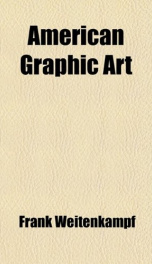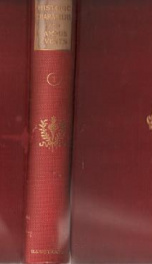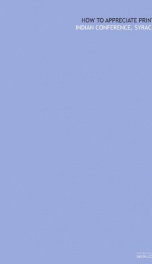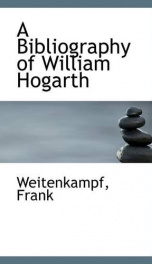american graphic art

Purchase of this book includes free trial access to www.million-books.com where you can read more than a million books for free. This is an OCR edition with typos. Excerpt from book: CHAPTER II ETCHING: THE PRESENT REVIVAL In recent years, the appeal of the medium has again been heeded, the fascination of this art as a means of original creation has been appreciated by those of the younger generation. Classes sprang up under the guidance of J. D. Smillie and C. F. W. Mielatz at the National Academy, and of George Senseney and Charles Henry White at the Art Students' League, in New York City. Etchings have again formed a noteworthy addition to the American Water Color Society's annual shows. General exhibitions as well as single-artist shows have been arranged in increasing numbers by print departments of museums and libraries, and by print dealers, in various cities, and effort in the middle west has crystallized around the Chicago Society of Etchers, formed in 1910, and broadening into a national inclusiveness. Yet despite all this activity, such a renaissance, by the very nature of the medium in which it finds expression, will come about quietly, unobtrusively. The movement is anything but startling or revolutionary. The spirit that is animating these younger disciples of needle and acid is that of pure etching, of the art with its advantages and limitations. In the best of this newer work the true nature of the medium is respected and is adaptedto each individuality,a necessity in the practice of any art. It is quite natural that in some of the earlier productions by these recent arrivals the influence of certain vigorous personalities in the annals of the art makes itself felt. So one may detect a reflection of Whistler, Mer- yon, Legros, Strang, Zorn or Helleu in the early work of some of our younger etchers. This personal bias is the almost inevitable outlet for individual temperament and point of view, which may at first attach itself to the ...
Info about the book
Author:
Series:
Unknown
ISBN:
1272912086
Rating:
3/5 (3)Your rating:
0/5
Languge:
English
Users who have this book
Users who want this book
What readers are saying
What do you think? Write your own comment on this book!
write a commentif you like american graphic art try:
Do you want to read a book that interests you? It’s EASY!
Create an account and send a request for reading to other users on the Webpage of the book!





